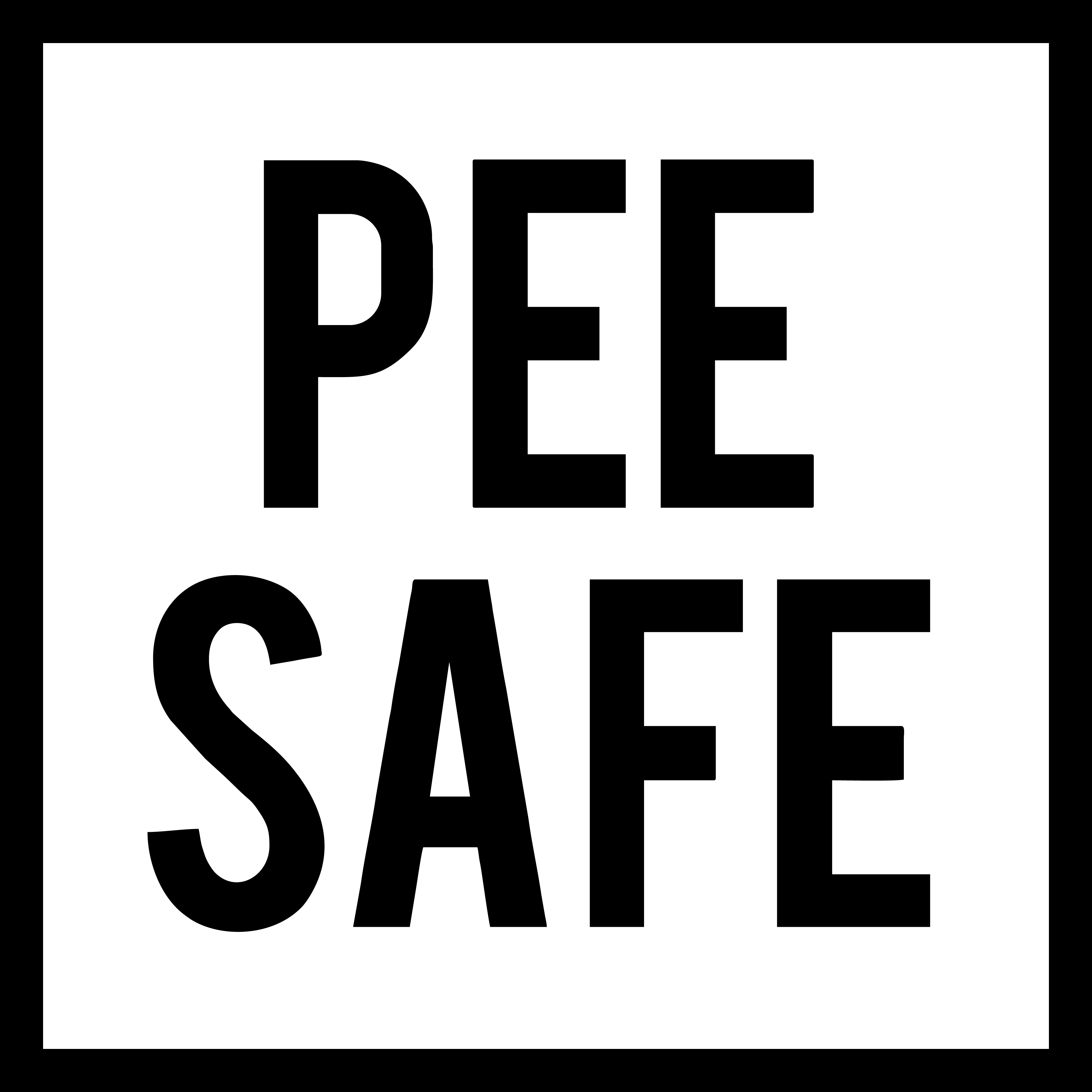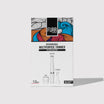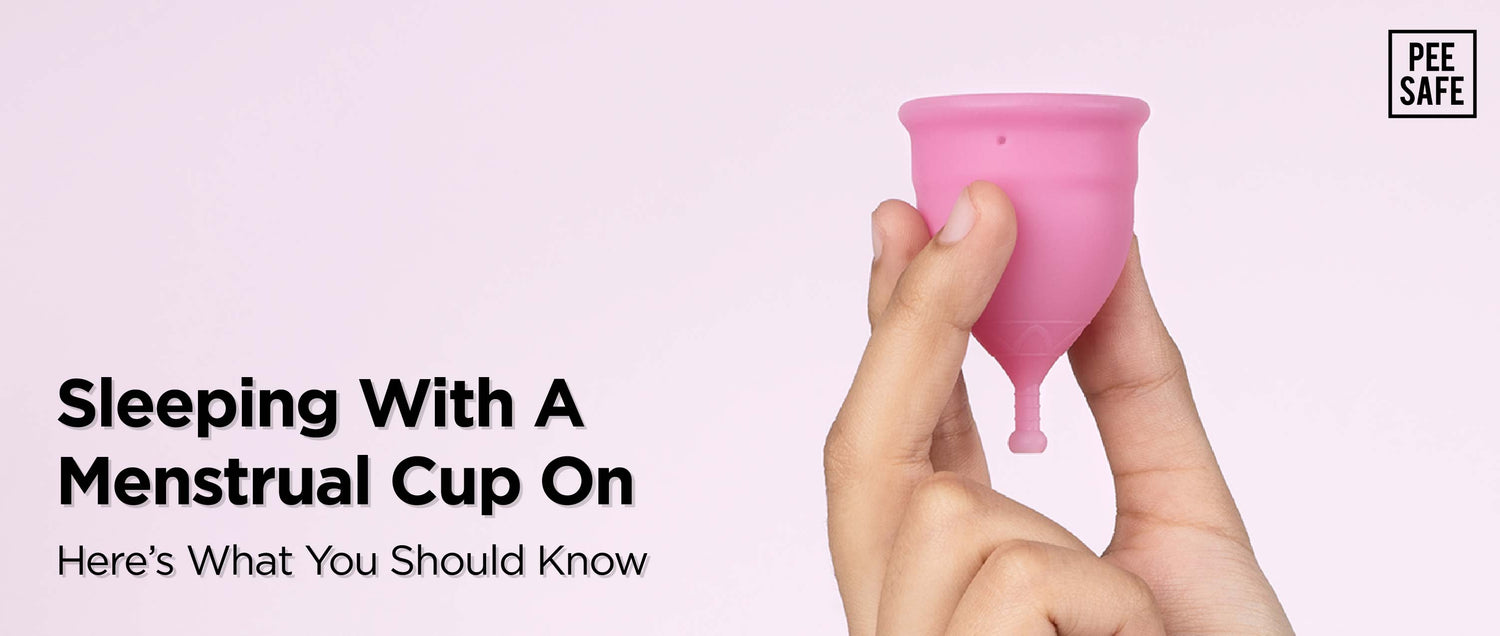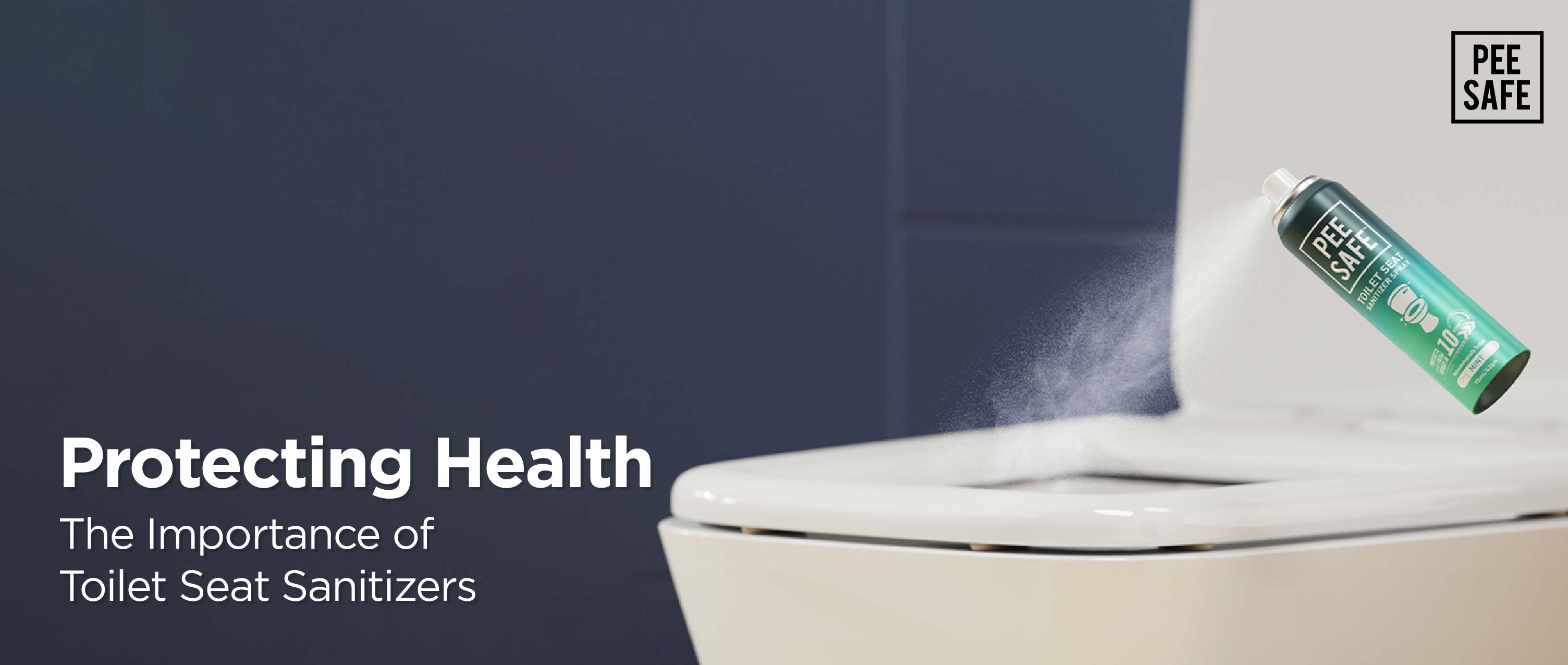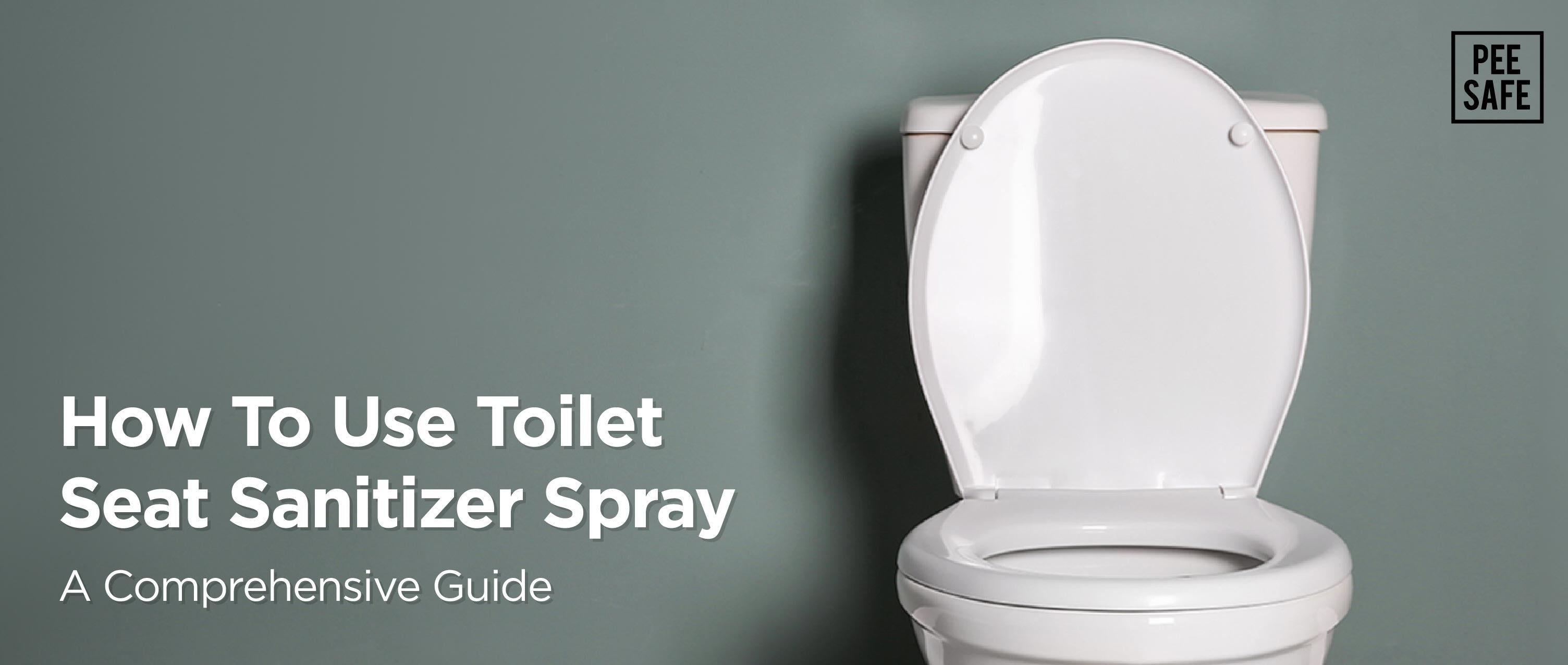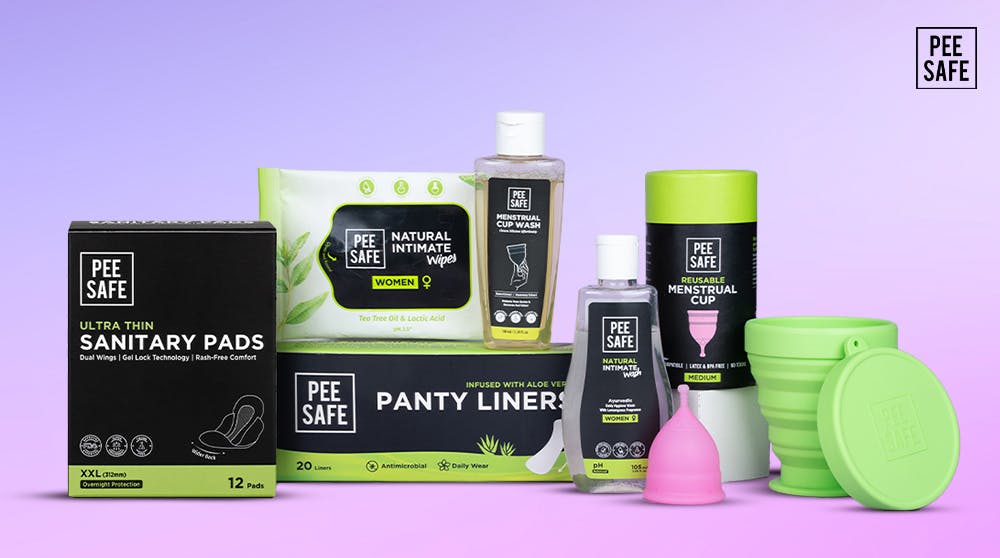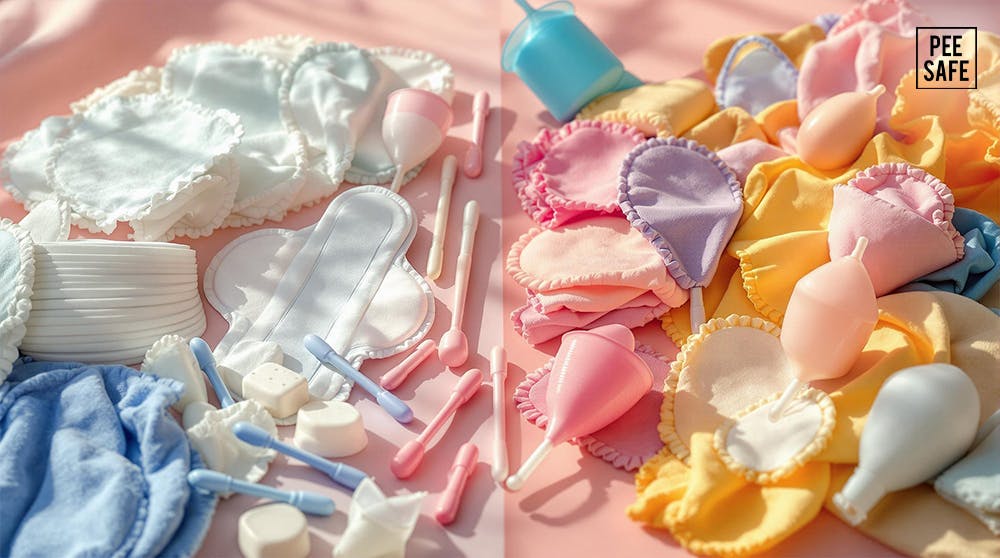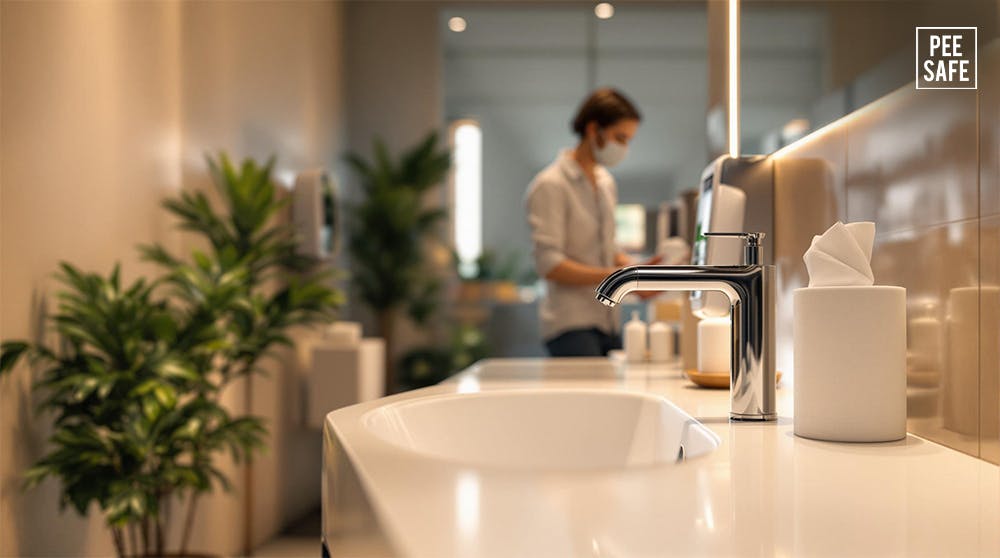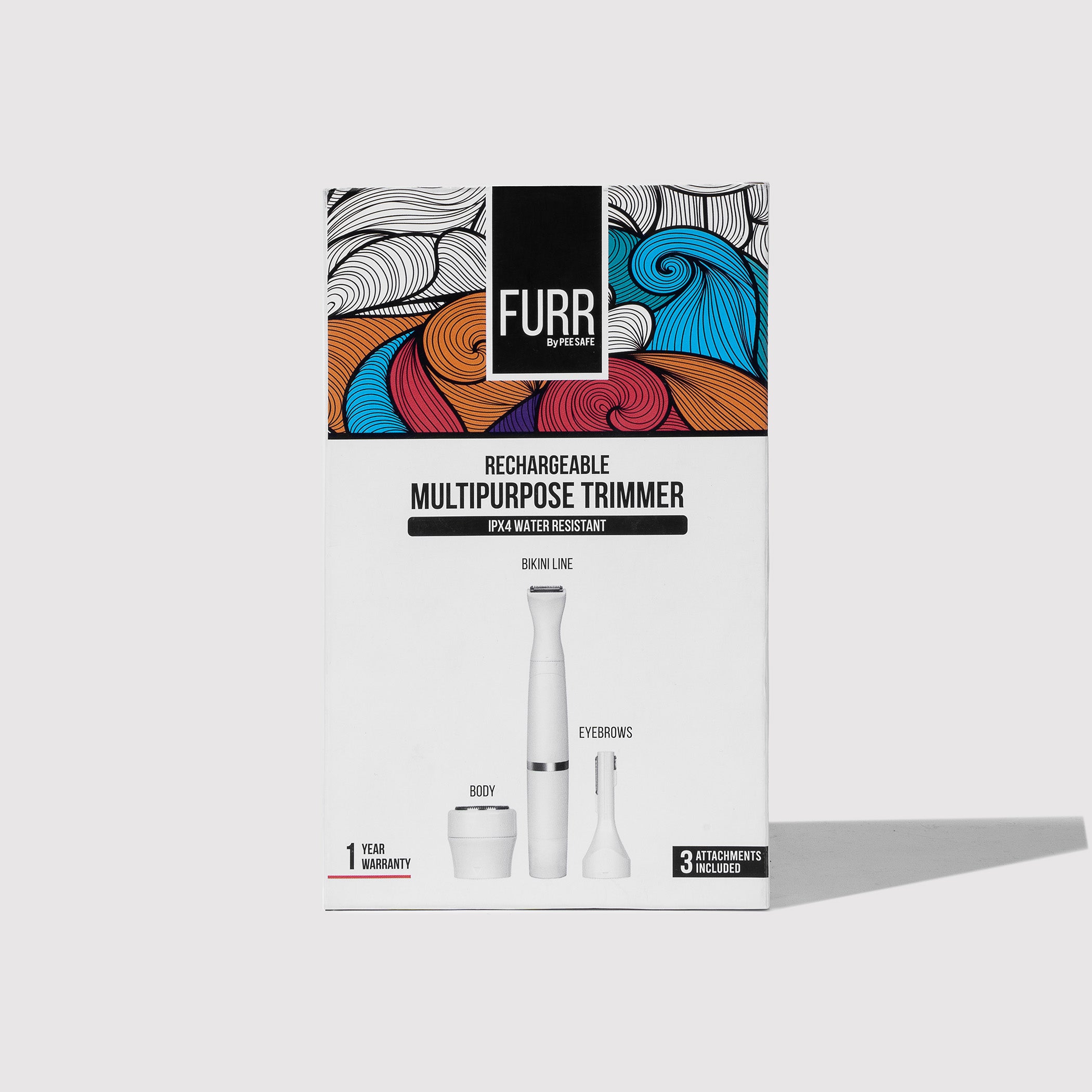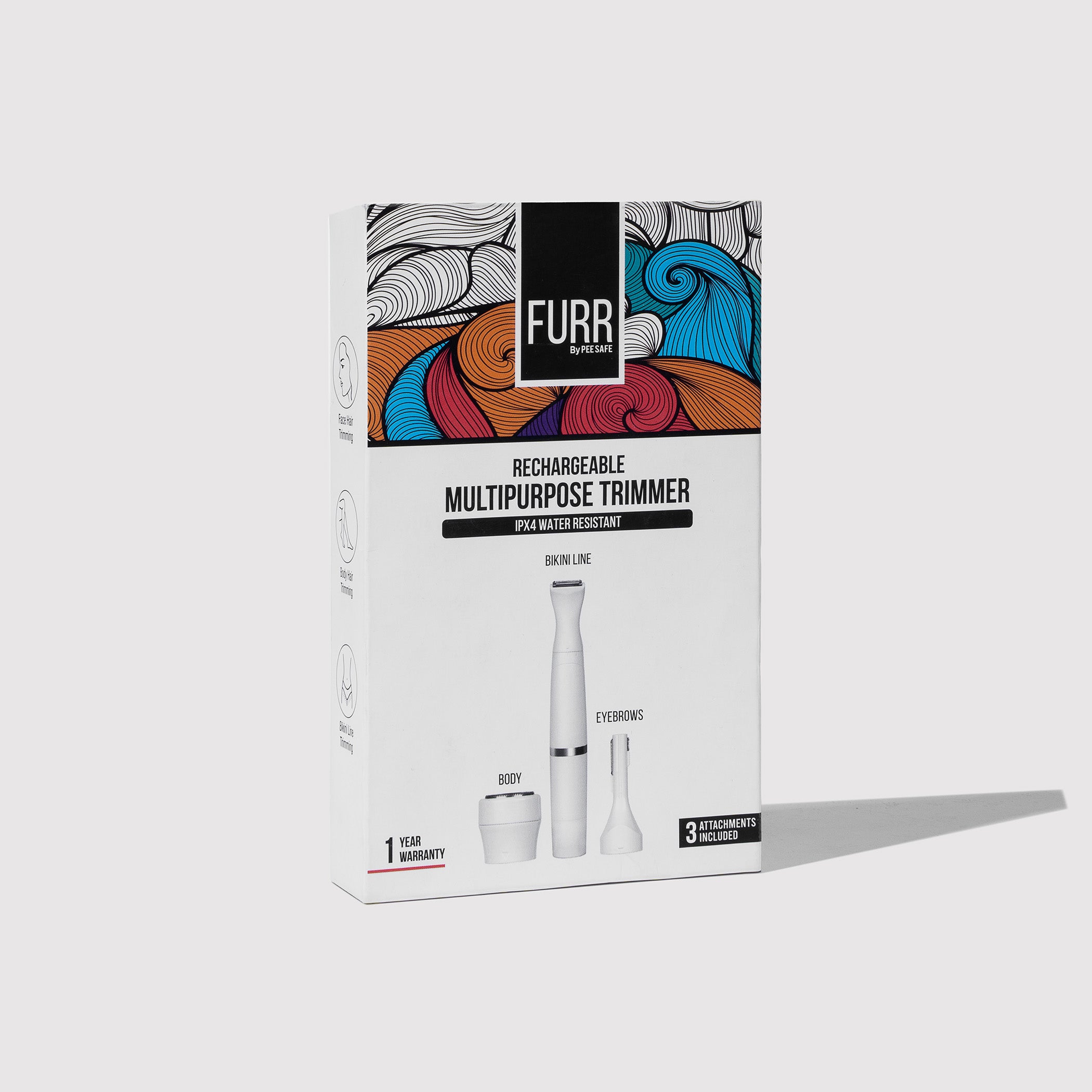As menstrual cups gain significant popularity, alongside there is an influx of misinformation and concerns regarding the same. If you are someone who is using a menstrual cup for the first time, it is valid for you to have multiple concerns and questions.
We are here to help you navigate your menstrual cup journey which has its fair share of pros and cons of menstrual cup, and answer all your doubts.
A common doubt in the minds of menstruators using cups is, can they sleep with a menstrual cup? The answer to it is, yes they can.
Common Concerns When Sleeping With A Menstrual Cup
Here are some common concerns that you may have while sleeping using a cup:
Comfort And Leakage
One of the primary concerns about using a menstrual cup overnight is the fear of leakage and discomfort. It is understandable to feel intimidated by it, however, you need not worry as menstrual cups are specially designed to prevent any leaks and enhance comfort. A menstrual cup is held by suction against the vaginal walls and holds period blood for a longer duration. Nonetheless, here are common reasons that menstrual cups leak.
Safety And Hygiene
Safety and hygiene are crucial considerations when using any menstrual product. Menstrual cups are generally safe to use while sleeping. However, to reduce any bacterial growth it is important to empty and clean the cup before going to bed and again immediately upon waking up.
Oversleeping Risks
Sleeping for an extended period, such as eight hours or more, is generally safe when using a menstrual cup. However, it is important to understand the needs of your body and be aware of your menstrual flow to prevent any leakages due to oversleeping. In case of a heavy menstrual flow, emptying the cup more frequently may be necessary for optimal usage.
Menstrual Cup Getting Lost
The fear of your menstrual cup getting lost inside your body crosses the mind of most first-time cup-using menstruators. However, be assured, it is impossible to lose your cup inside your body, given your body’s anatomy and the cup’s suction.
Tips For Sleeping Comfortably
To ensure a comfortable sleep while wearing a menstrual cup, here are a few helpful tips:
- Ensure the cup is inserted correctly and you feel comfortable with the same.
- Consider backing your menstrual cup with a panty liner in case of heavy flow.
- Empty your cup before sleeping for a comfortable sleep overnight.
With these guided tips and menstrual cup myths debunked, it will be less daunting for you to sleep with your menstrual cup on.
Conclusion
Wearing a menstrual cup while sleeping is safe and practical for most individuals. With proper insertion, maintenance, and hygiene, the risk of leaks and discomfort can be significantly minimized. However, it is essential to be aware of the flow and needs of your body and empty the cup when necessary. To know more visit the Pee Safe website.
-
✍️ This article was curated by Manisha Shah
